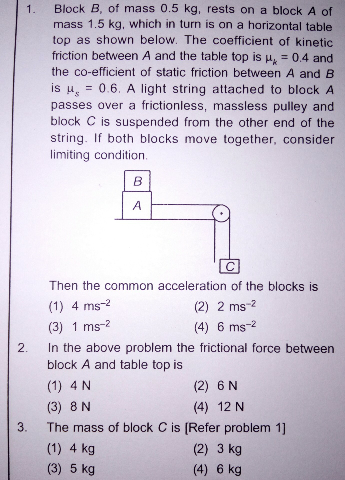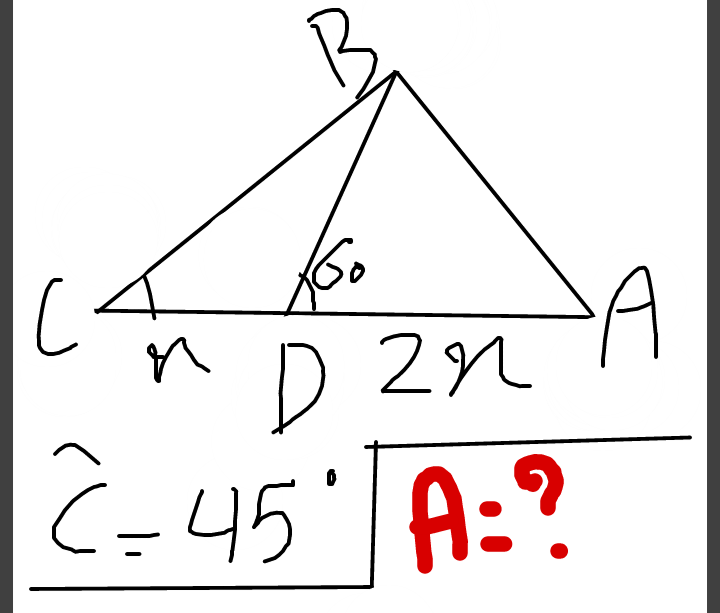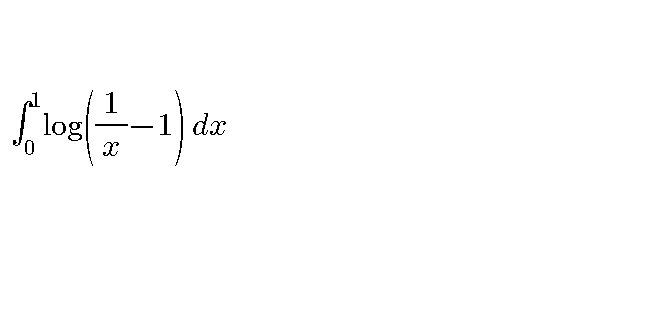
AllQuestion and Answers: Page 1833
Question Number 26983 Answers: 1 Comments: 0
Question Number 26982 Answers: 1 Comments: 0

Question Number 26981 Answers: 1 Comments: 0
Question Number 26959 Answers: 3 Comments: 0
Question Number 26947 Answers: 1 Comments: 1
$$\frac{{d}}{{dx}}\mathrm{ln}\:\left(\Gamma\left({x}+\mathrm{1}\right)\right)=? \\ $$
Question Number 26946 Answers: 0 Comments: 0
Question Number 26942 Answers: 1 Comments: 0

Question Number 26941 Answers: 1 Comments: 0
Question Number 27027 Answers: 0 Comments: 0
Question Number 26904 Answers: 1 Comments: 1
$${y}^{\left(\mathrm{2}\right)} +{y}=\mathrm{sec}\:^{\mathrm{3}} {x} \\ $$
Question Number 26909 Answers: 1 Comments: 0
Question Number 26889 Answers: 1 Comments: 0

Question Number 26888 Answers: 1 Comments: 0
Question Number 26864 Answers: 1 Comments: 0

Question Number 27000 Answers: 0 Comments: 1
Question Number 26858 Answers: 2 Comments: 0
Question Number 26853 Answers: 1 Comments: 1

Question Number 26839 Answers: 1 Comments: 0
$$\mathrm{a}=\mathrm{3}\:\mathrm{b}=\mathrm{6} \\ $$$$\mathrm{a}−\mathrm{b}=? \\ $$
Question Number 26837 Answers: 1 Comments: 0
Question Number 26824 Answers: 3 Comments: 0

Question Number 26819 Answers: 0 Comments: 0

Question Number 26812 Answers: 1 Comments: 0
Question Number 26799 Answers: 1 Comments: 0

Question Number 26801 Answers: 0 Comments: 0
$${find}\:{expansion}\:{of}\:\alpha^{\mathrm{3}} +\beta^{\mathrm{3}} +\gamma^{\mathrm{3}} \\ $$
Question Number 26781 Answers: 1 Comments: 4

Question Number 26778 Answers: 1 Comments: 1
Pg 1828 Pg 1829 Pg 1830 Pg 1831 Pg 1832 Pg 1833 Pg 1834 Pg 1835 Pg 1836 Pg 1837
